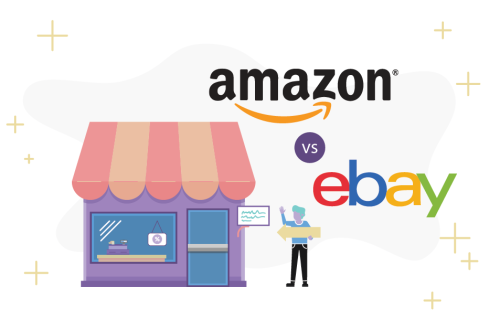In the fast-paced, interconnected world of modern business, efficiency is the key to success. Every moment counts, and the ability to control who can access your facilities, data, and resources is paramount. Access control systems have emerged as a powerful tool to streamline operations, enhance security, and foster a more productive work environment. Access control systems, encompassing technologies like key cards, biometrics, and digital credentials, have come a long way from their traditional lock-and-key counterparts. These systems are no longer just about preventing unauthorized entry they have evolved to maximize efficiency in multiple aspects of modern business operations.
Enhanced Security:
In a world where data breaches and physical security threats are on the rise, modern businesses must prioritize security. Access control systems provide a robust line of defense. With features like biometric authentication and real-time monitoring, they help safeguard sensitive areas and assets. Unleashing these systems means reducing the risk of unauthorized access and data breaches, which can be a significant financial and reputational risk to any business.
Streamlined Operations:
Access control systems have the power to streamline operations by eliminating traditional bottlenecks and visit now https://www.securedbypremier.com/sacramento/access-control/. Traditional keys can be lost, stolen, or duplicated, leading to expensive and time-consuming lock changes. In contrast, digital access credentials can be easily revoked and reissued, reducing downtime and operational costs. Moreover, automation features can simplify the onboarding process for new employees, granting them access to the necessary areas instantly.
Time and Attendance Tracking:
Access control systems offer a versatile tool for time and attendance tracking. They can be integrated with time clocks and software to monitor when employees arrive and leave. This data allows for accurate payroll management, reducing errors and eliminating the need for manual time tracking. By automating this process, businesses can allocate their resources more efficiently and minimize labor costs.
Access Control Customization:
Modern access control systems are highly customizable. This flexibility enables businesses to tailor access permissions for different personnel and specific areas. By allowing employees access only to the spaces necessary for their roles, organizations can mitigate security risks and reduce operational confusion. This fine-tuned approach to access control maximizes efficiency by ensuring that everyone has precisely what they need to do their job – no more, no less.
Integration Capabilities:
One of the most remarkable features of access control systems is their integration capabilities. They can be seamlessly integrated with other business systems, such as security cameras and alarm systems. When these systems work in harmony, they enhance security and streamline operations further. For example, a breach detected by an integrated security camera can automatically trigger an alarm and lock down the facility, preventing unauthorized access and damage.
Remote Management:
With the increasing prevalence of remote work and the need for off-site access, modern access control systems provide remote management capabilities. Business administrators can grant, modify, or revoke access privileges from anywhere, facilitating an agile and responsive approach to access control. This is especially important in today’s dynamic work environment.


